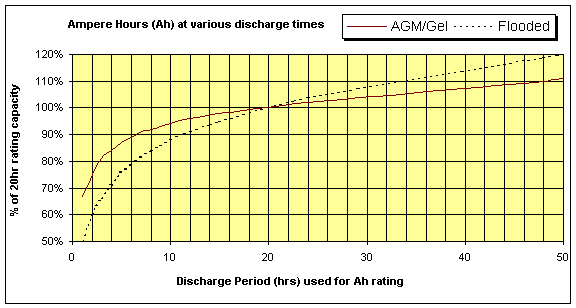Telcobilly
Observer
TacoDoc, There are cradle brackets that bolt into the bed tracks. Then there are stout clamps that grab the clamps. I had to have them sent from Canada to the dealership in Colorado. $20 parts, $200 shipping.
Congratulations on the build. It looks to be going well.Installed a 1000W inverter under the hood. It's stored in the drawstring bag when not in use. From what I have been reading, 100 amps will protect the #4 wire and handle the power surges of a 700W microwave? Sound about right?

To meet some codes (I know, irrelevant . . . but still a good indicator of good practice) you need to use the appropriate pipe dope, but if tape is allowed for thread sealing, it's sometimes required to use "double density" tape. This tape, twice as thick as the normal plumbing variety, is resistant to "petroleum gases" and is yellow and usually comes in a yellow case and is marked as being for "gas use." (And if you use pipe dope, make sure it's marked as resistant to petroleum gases.)The tape should be fine but pipe dope is better. If your sloppy with tape it can clog up an orifice or regulator.
Could the battery be up sized/ upgraded to a larger, deep cycle battery?
It may be only the fittings from hose to tank and at the heater are flare fittings. You can (probably should) use gas tape or dope on any regular (NPT) fittings in your system. Be sure not to let any tape fragments or dope get into the lines; it'll cause trouble.Going to run a longer propane line to a filter, then the heater from a larger tank. The tank will be secured outside when in use. I'm not going to use anything on the threads, but I will buy a sniffer for extra safety.
Be sure to leave the first 2 threads of the male threads clear. I prefer use pipe dope, you just need to wrap the tape in the same direction as the threads so it doesn't unravel while making up the connection.
For anyone who's interested, I just talked to Fleetwest, and the Durashell 165 and 90 models (for midsize pickups) are no longer available. Tufport (in British Columbia with one U.S. dealer) still makes similar units. http://www.tufport.com Also, Hallmark Campers will also be selling something similar, built by Colorado Expedition Vehicles, starting in the fall of 2017. http://www.hallmarkrv.com/campers/hallmark-raton/
